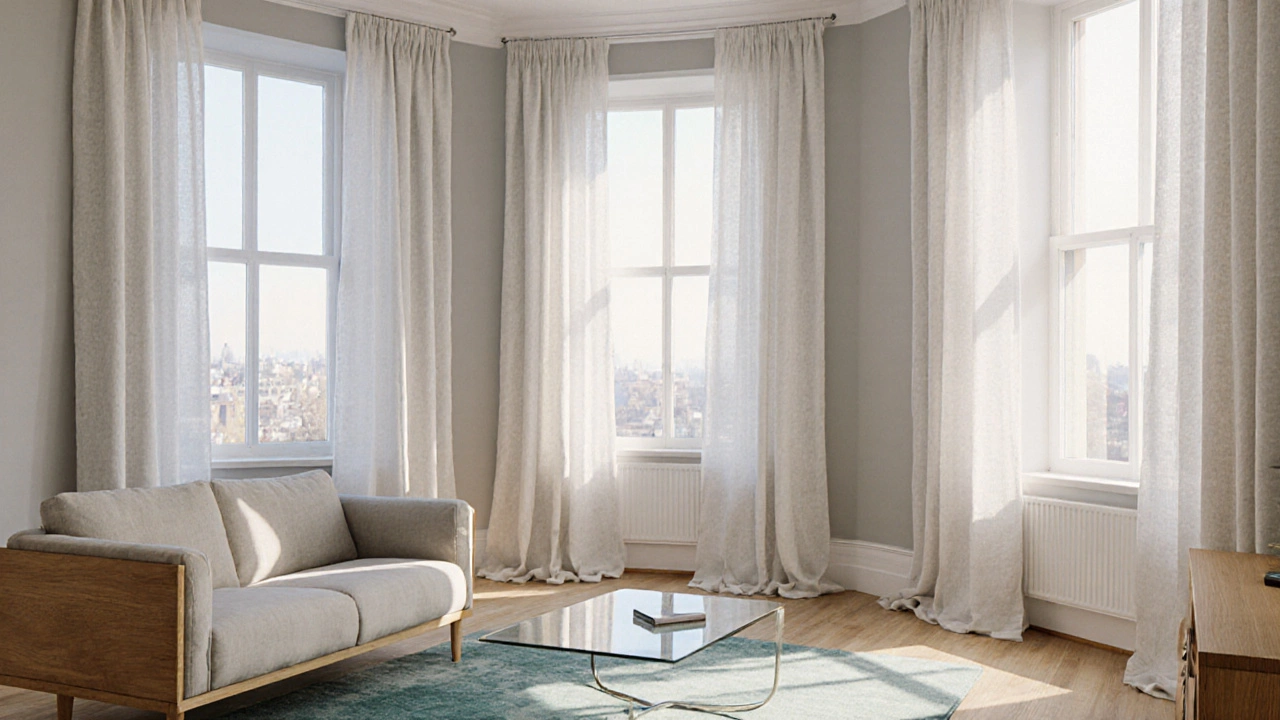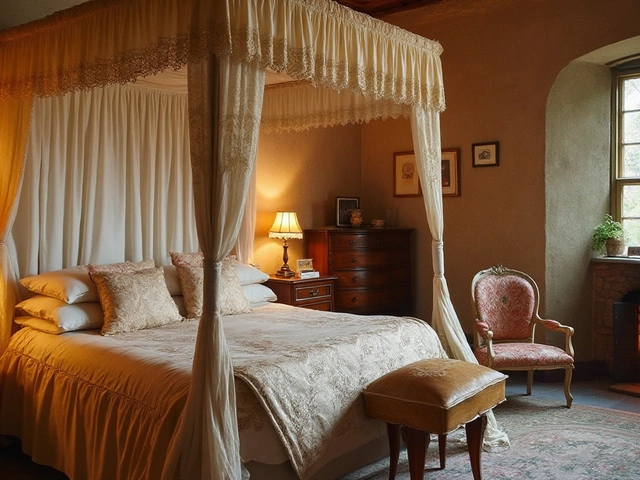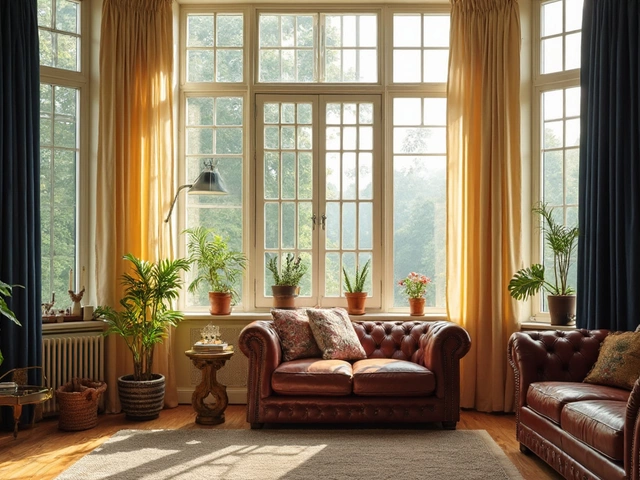Versatile Curtains: Style, Function, and How to Choose Them
When working with versatile curtains, curtains designed to adapt to different rooms, lighting needs, and décor styles. Also known as multi‑purpose drapes, they provide flexibility, easy maintenance, and aesthetic options for any home, you instantly get a window solution that can swing from casual to formal with a simple fabric swap or hardware tweak. This flexibility is why they’re a favorite for renters and homeowners alike.
One of the first decisions you’ll face is the curtain rod, the bar – often metal or wood – that holds the curtain panels. The right rod determines how the fabric hangs, slides, and looks from every angle. A well‑chosen rod with a 2‑4 inch overhang, as explained in our guide on optimal rod extension, lets the curtains sit slightly wider than the window frame, creating a polished, spacious feel. In short, versatile curtains require the proper rod to achieve their full visual potential.
The next piece of the puzzle is curtain length, the measurement from the rod to the floor or desired break point. Whether you prefer a full‑floor sweep, a whisper‑close hover a couple of inches above the carpet, or a tailored break at the shoe line, length sets the room’s proportion. Our tip on keeping curtains 2 inches off the ground works well for high‑traffic spaces or homes with pets, while a floor‑kissed length adds drama to formal areas. The length you choose directly influences the room’s perceived height and the way light filters in.
For bedrooms or media rooms where darkness matters, blackout curtains, heavily‑lined drapes that block external light are a common addition. While they excel at creating a sleep‑friendly environment, they also affect airflow and can make a space feel closed if overused. Understanding the trade‑offs—like the impact on mood and energy bills—helps you decide when to pair blackout panels with lighter, decorative curtains for a balanced look.
All these choices live under the broader umbrella of window treatments, the collective term for any element that covers or decorates a window. Versatile curtains are a sub‑category that offers adaptability, but they often work alongside blinds, shades, or valances. Recognizing that window treatments encompass both function and fashion lets you design a cohesive scheme rather than mixing items that clash.
Putting theory into practice starts with a quick measurement: note the window width, add 2‑4 inches on each side for rod overhang, then decide on the drop length based on room use. Choose a rod that matches the curtain weight—light fabrics glide on thin rods, while heavy drapes need sturdy brackets. Pick fabrics that suit both style and climate; cotton blends work well year‑round, while velvet adds warmth in colder months. Finally, test the hanging height by pulling the curtain down; ensure it clears the floor by the desired amount without dragging.
Our collection below dives deeper into each of these topics. You’ll find a step‑by‑step guide on optimal curtain rod overhang, practical advice on keeping curtains 2 inches off the floor, a balanced look at blackout curtain disadvantages, and tips for achieving perfect floor clearance in any room. Whether you’re a first‑time decorator or a seasoned DIYer, these articles give you the tools to make your versatile curtains truly work for you.
Ready to explore the specifics? Scroll down to discover detailed tutorials, measurement tricks, and style ideas that will help you turn any window into a focal point with the right versatile curtains and supporting hardware.

Best Neutral Curtain Colors that Match Any Room
Discover which neutral curtain colors match any décor, how to pair them with walls and lighting, and practical tips for fabric, length, and styling.
Categories
- Storage (25)
- Bathroom (17)
- Sofas (14)
- Curtains (14)
- Home Decor (12)
- Bedding (10)
- Kitchenware (10)
- Cushions (10)
- Mirrors (10)
- Rugs (9)



